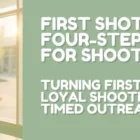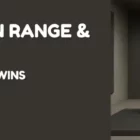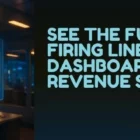Strategic Lane Scheduling:
A Data-Driven Approach to Full Occupancy
How range managers can turn historical booking data into higher revenue and fewer idle lanes
Indoor-range operators often face a familiar paradox: the calendar shows “sold-out,” yet a few lanes stand empty during the evening rush. The usual suspects—late arrivals, no-shows, and poorly-set buffers—create gaps that lower revenue. A structured, analytics-based scheduling process can close those gaps without extending hours or adding staff.
Assemble the Right Data Set

Start by collecting the basics from the last six to twelve months of lane activity. Record the reservation time alongside the actual lane start time; this shows how far in advance people book and reveals the time-slots most likely to suffer no-shows. Next, note when each group checks in and when they leave—that simple pair of timestamps tells you how long sessions really last and where overruns occur. Add the size of every party and the kind of visit—walk-in, member session, rental, or class—so you can see which guests occupy lanes the longest. Finally, mark each booking as “showed” or “missed,” and if it was cancelled, jot down when that happened. These four pieces of information, kept in one clean spreadsheet, will give you all the insight you need without drowning you in technical language.
Identify Demand Patterns
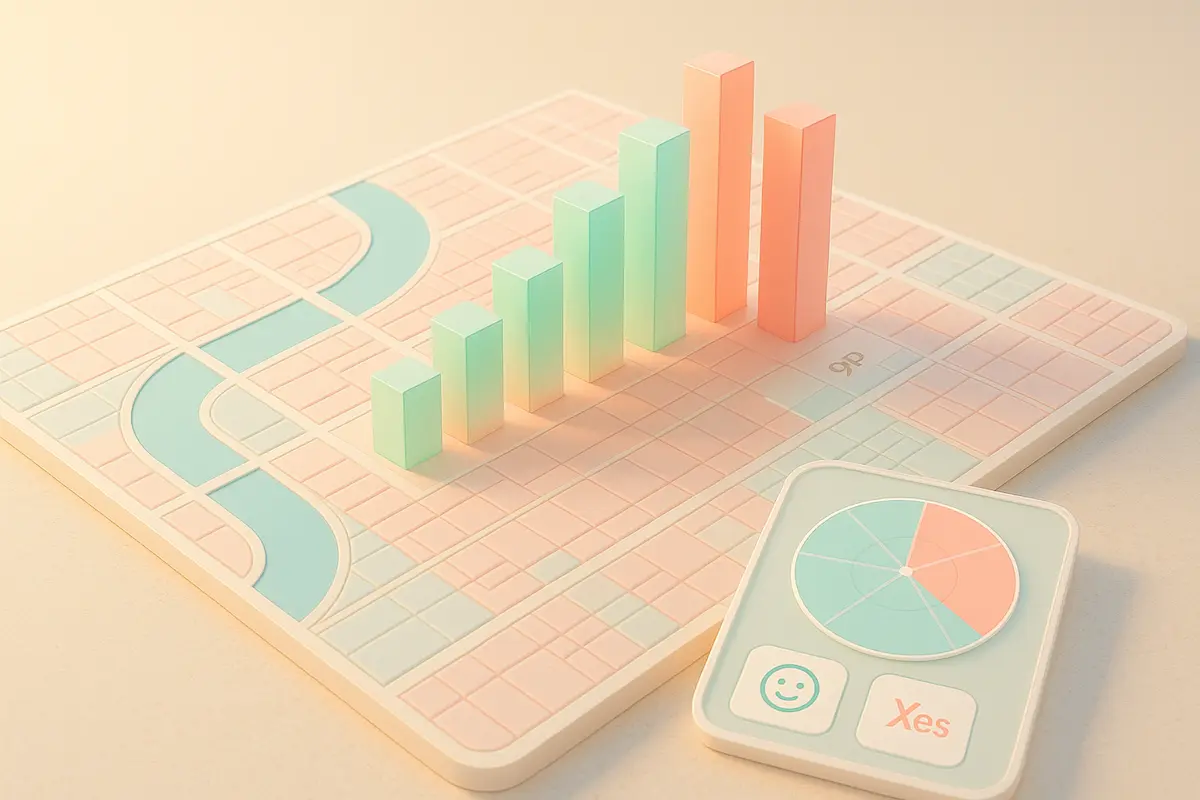
- Break bookings down by day of week and hour to find recurring peaks.
- Calculate average lead time for each segment—for example, late-Friday bookings may be made two days in advance.
- Plot no-show likelihood against lead time; many businesses see a sharp rise in no-shows beyond a one-week lead.
- Layer in seasonality—holidays and local events—to refine staffing and pricing.
Research confirms that demand forecasts built on historical data deliver reliable lane-usage predictions.
Set Evidence-Based Buffer Windows
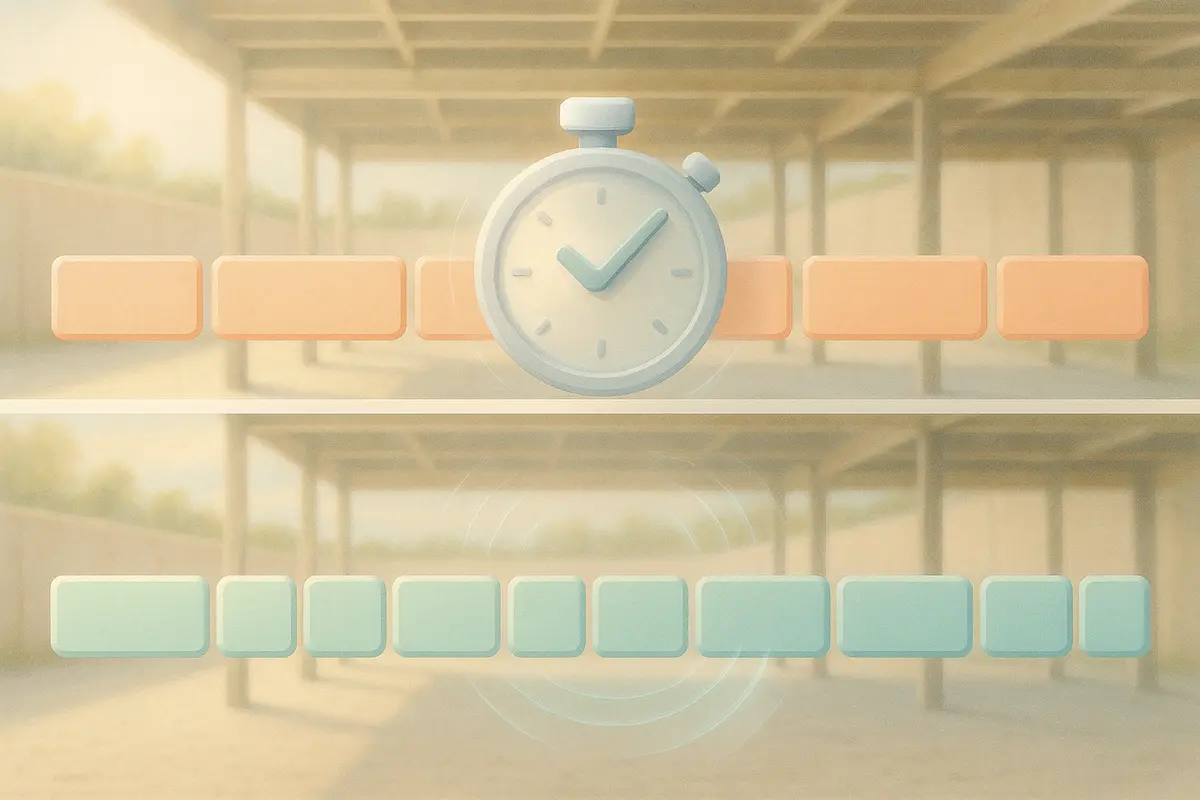
Buffers that are too long waste inventory; ones that are too short ripple into delays. Use check-out stamps to find the time over-run for most sessions (solo practice versus introductory classes). Set your standard buffer just above that mark, and review it every quarter. Studies across service industries show that deliberate buffers raise productivity and revenue while protecting the customer experience.
Automate the Waitlist and Reminder Workflow

- Live waitlist – When a cancellation occurs, the system emails the next guest to let them fill the slot automatically.
- Reminder schedule – Send text reminders two days and four hours before a booking; automated messages have reduced no-shows by more than one-third in clinics and ranges alike.
- Short-lead promotions – Offer discounted “late-bird” slots inside twenty-four hours; shorter lead times correlate with fewer no-shows.
A case study from Maxon Shooter’s Supplies showed that virtual waitlists cut customer frustration and increased lane use by more than half.
Messaging That Moves the Needle
Answering Managers’ Top Questions | |
Question | Data-Driven Response |
Why are lanes empty at peak? | Review lead times and no-show ratios. If more than one in ten prime-time bookings cancel within a day, tighten deposit rules and lean on the waitlist. |
How do we cut no-shows? | Combine modest deposits, automated reminders, and shorter booking windows. Reminder automation alone can trim no-shows by roughly one-third. |
Will tighter buffers slow turnover? | Buffers based on real over-run data protect on-time guests and free lanes that would otherwise run late. Most ranges regain one or two lane-hours per evening. |
Key Metrics for Continuous Improvement

| Metric | Target | Review Frequency |
| Lane-occupancy rate | Ninety per cent during peak | Weekly |
| Revenue per lane-hour | Trending upward | Monthly |
| No-show percentage | Below three per cent | Weekly |
| Waitlist-fill rate | Above seventy percent of cancellations | Weekly |
| Forecast accuracy | Within one lane of actual use | Monthly |
Conclusion
Empty lanes at rush hour are not a staffing problem—they are a data problem. By mining past reservations, forecasting demand, and automating buffers and waitlists, range managers can raise peak-time occupancy toward full capacity while improving customer satisfaction.
If your current point-of-sale system lacks the analytics or automation described here, Bizzflo’s shooting-range platform offers configurable forecasting, dynamic buffers, and real-time waitlist tools that align with these practices—ready to deploy without disrupting existing workflows.

